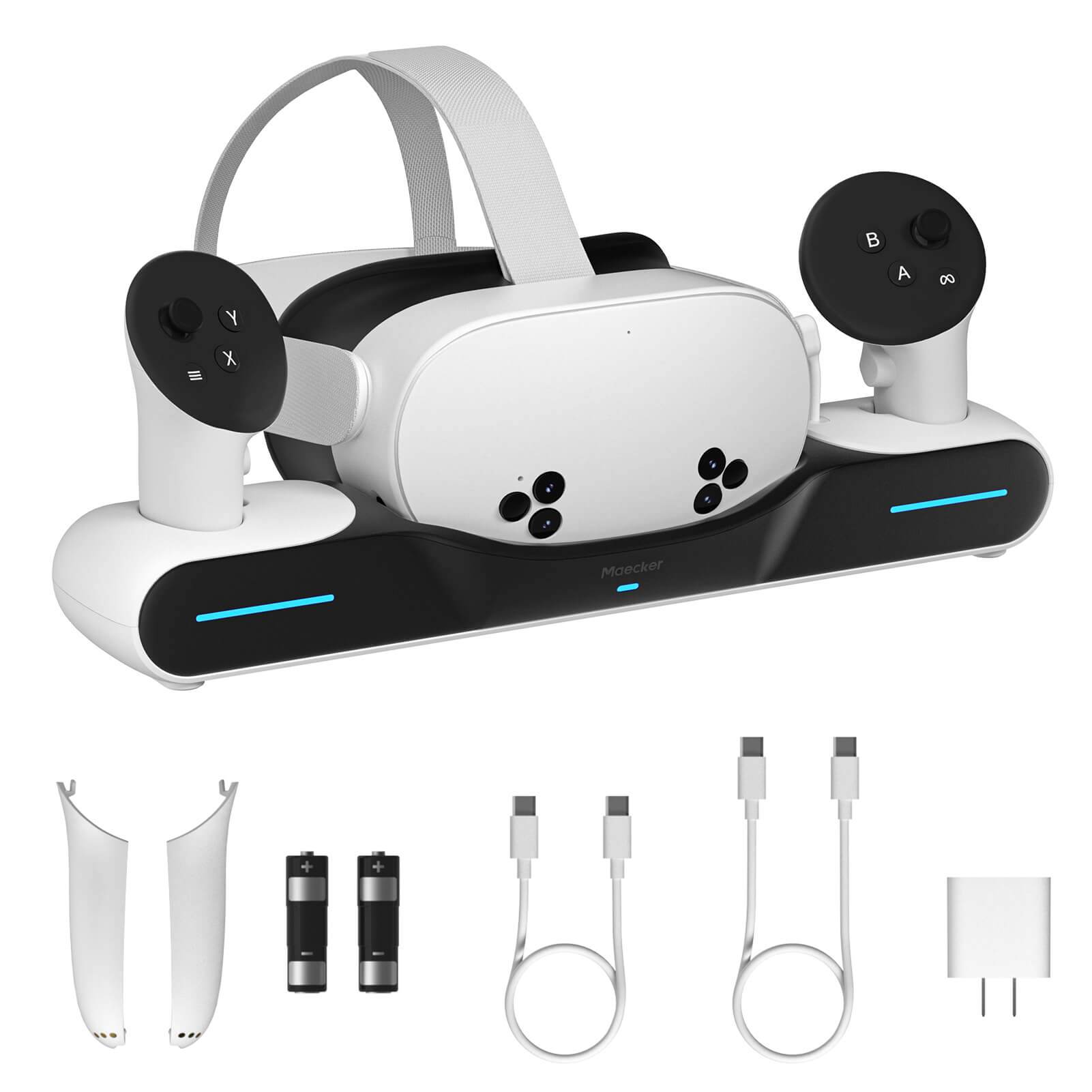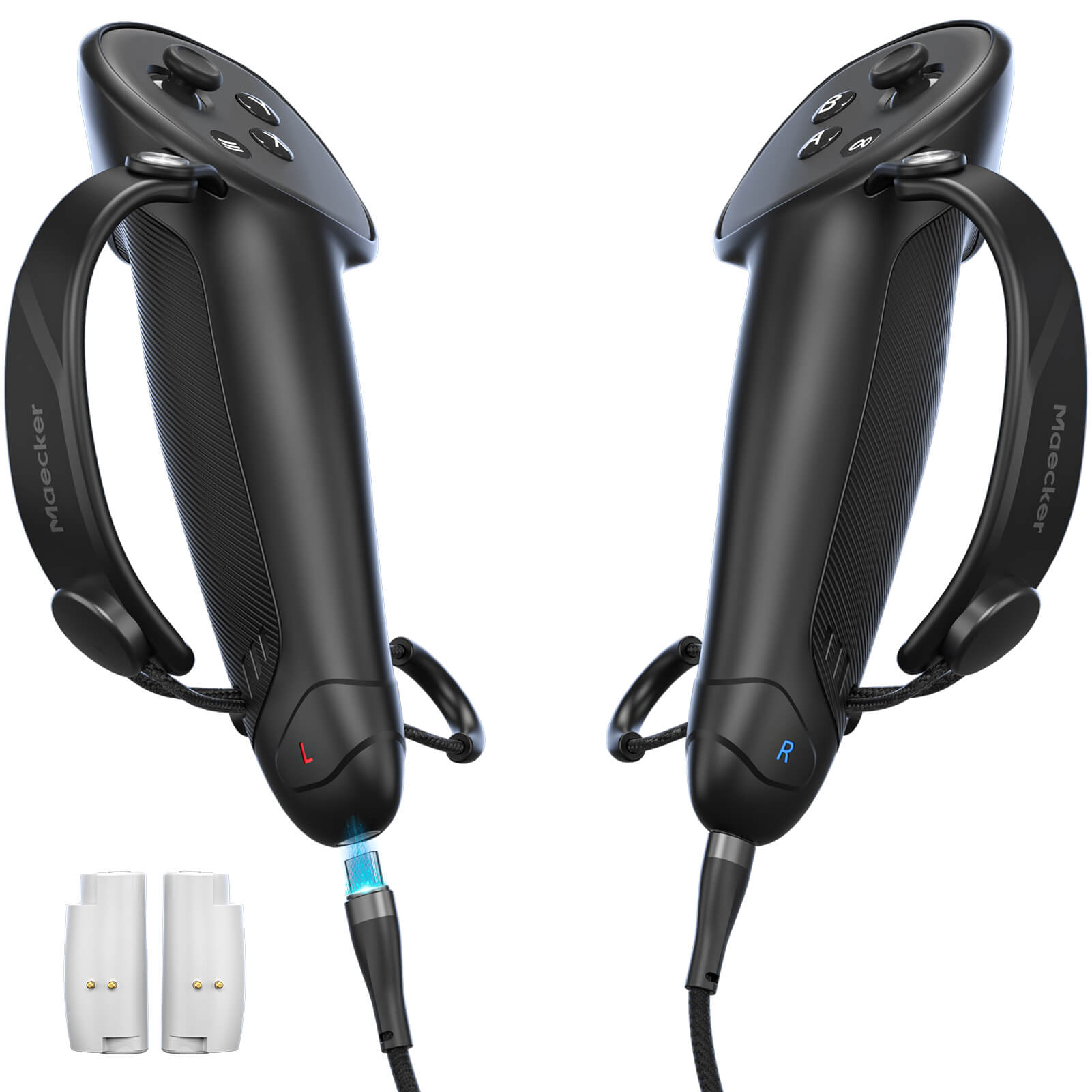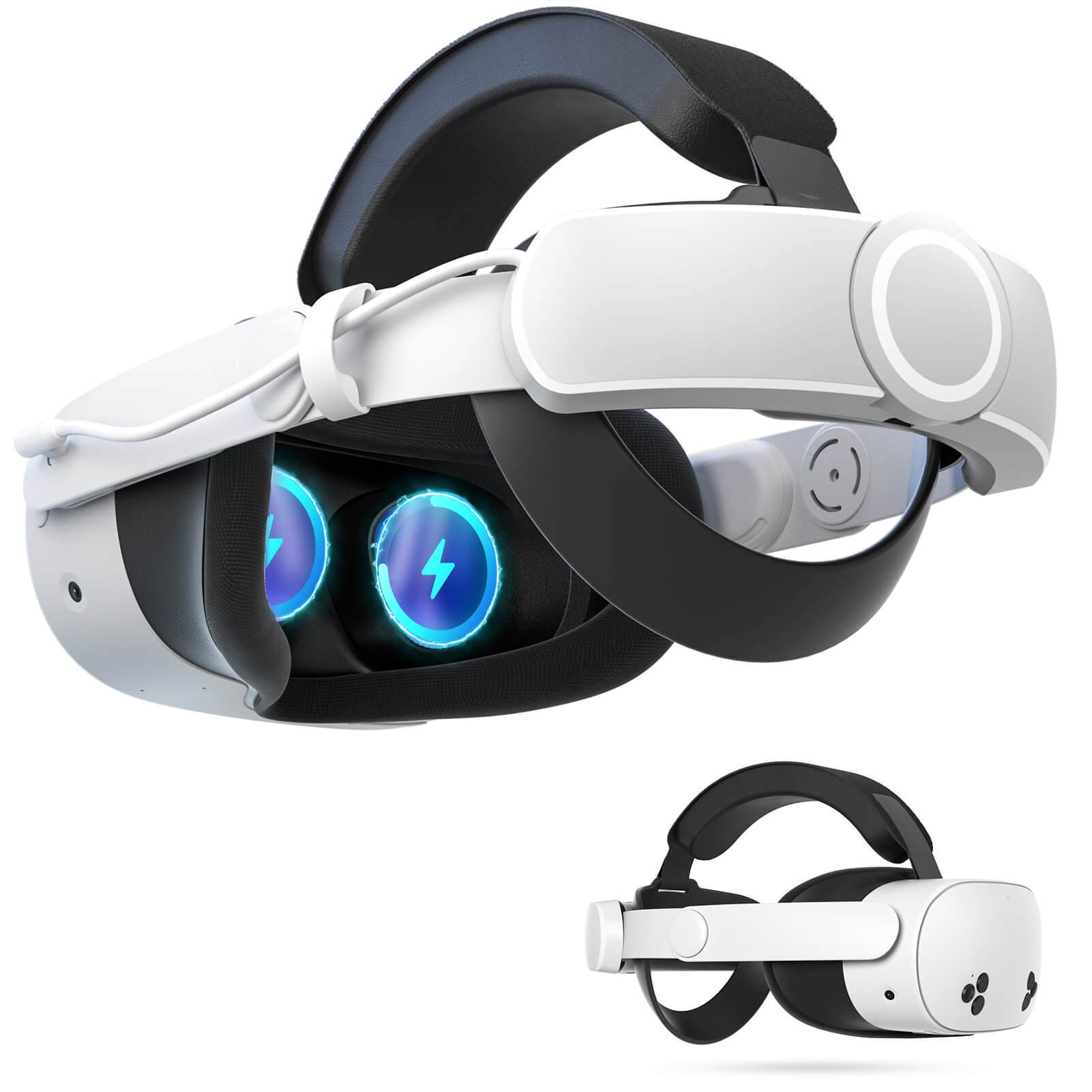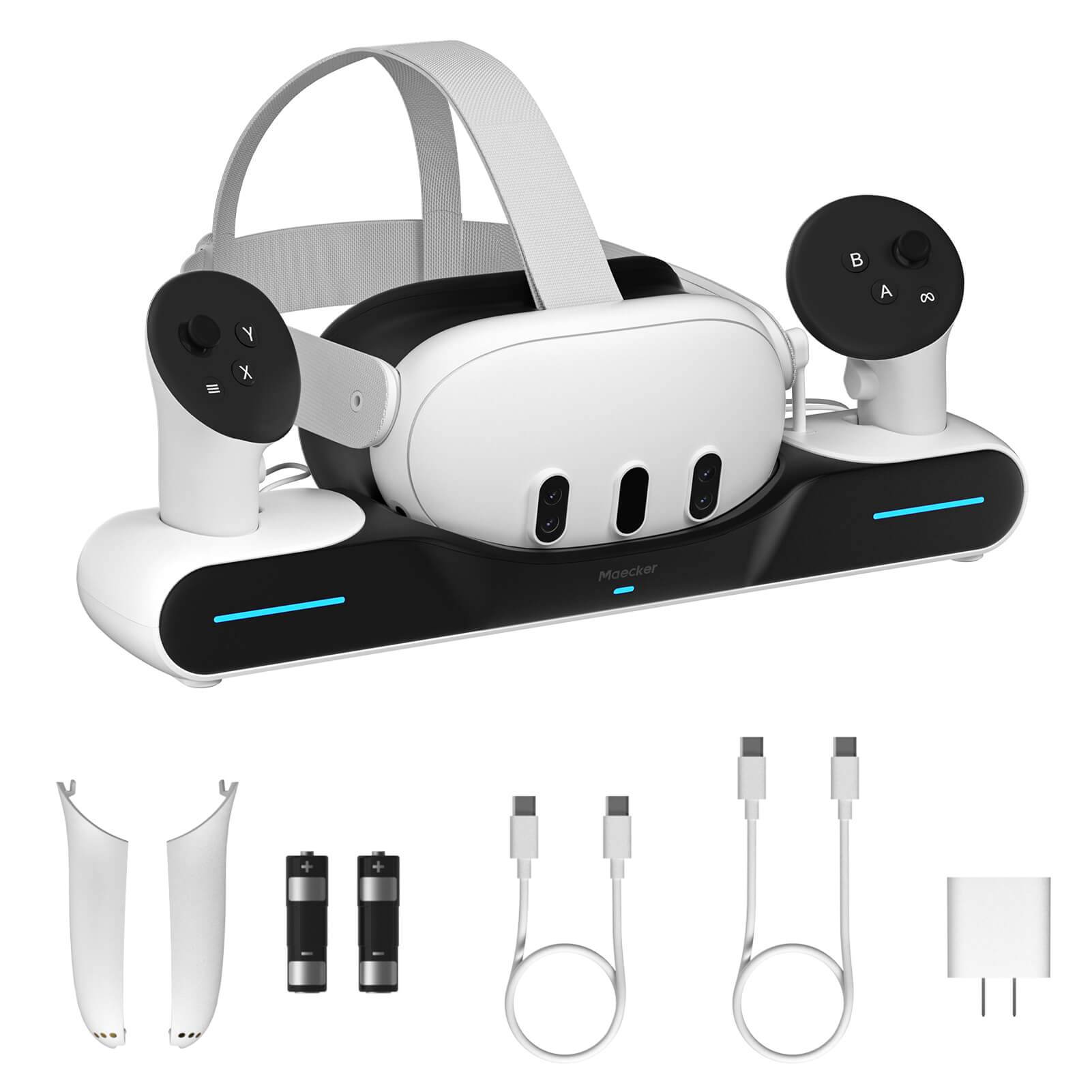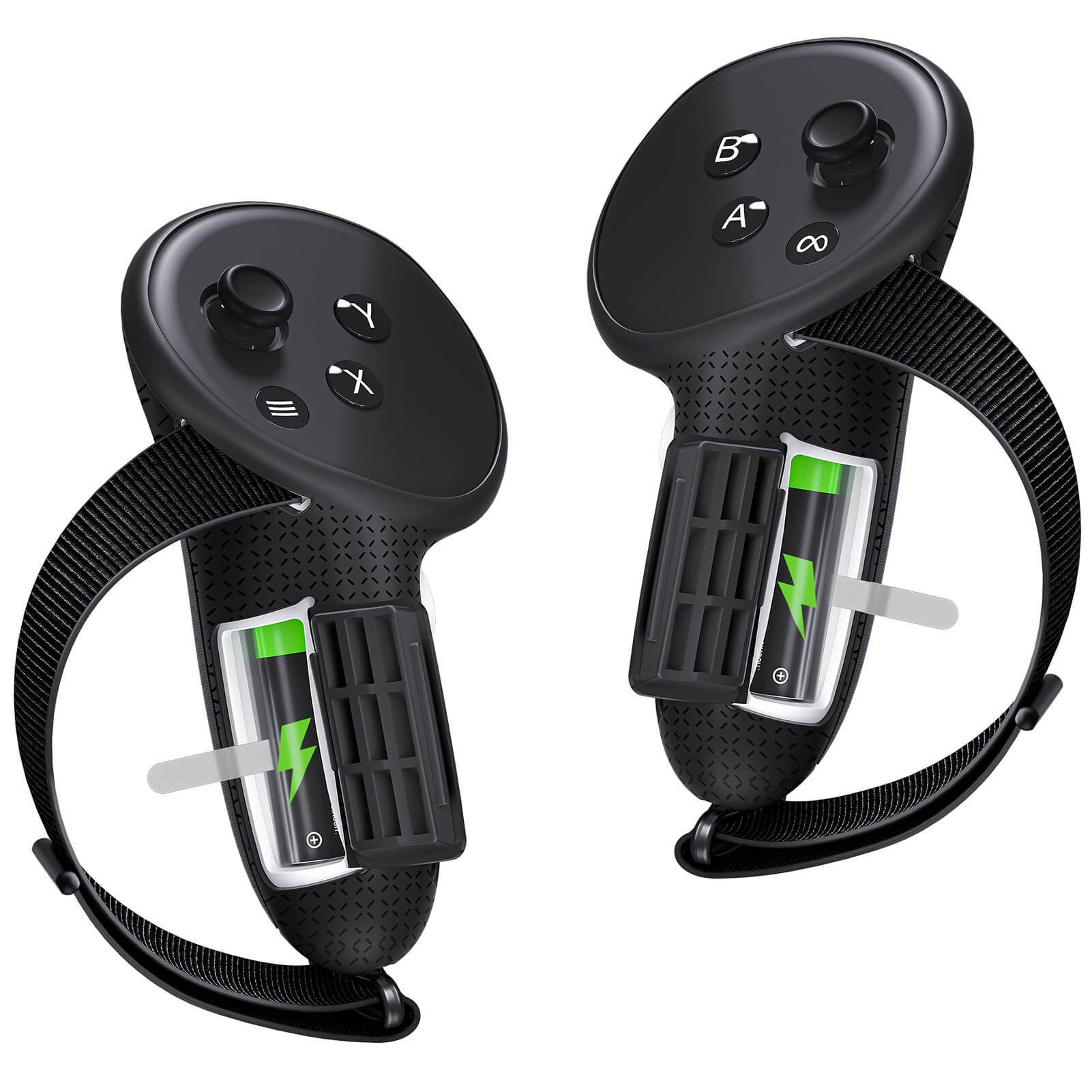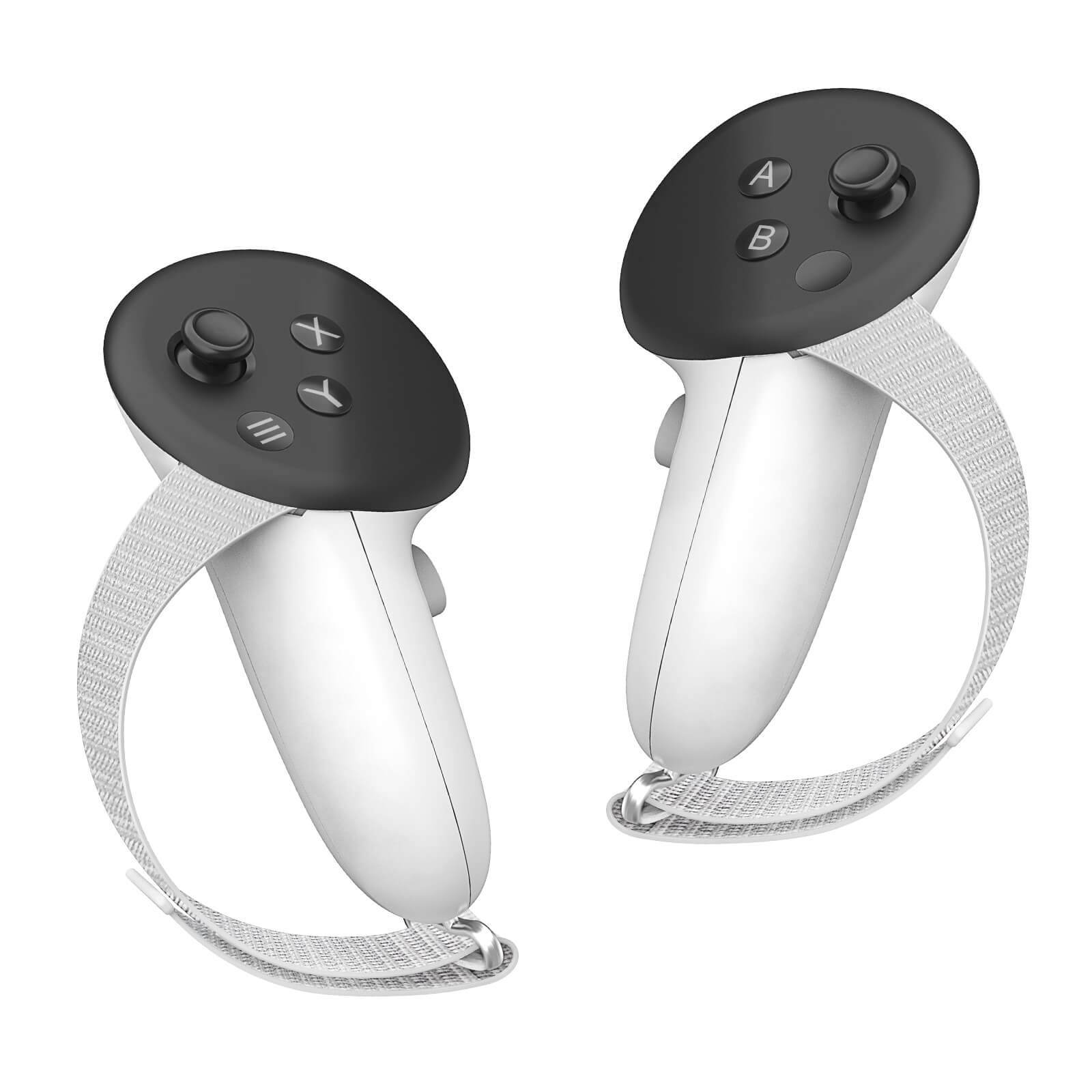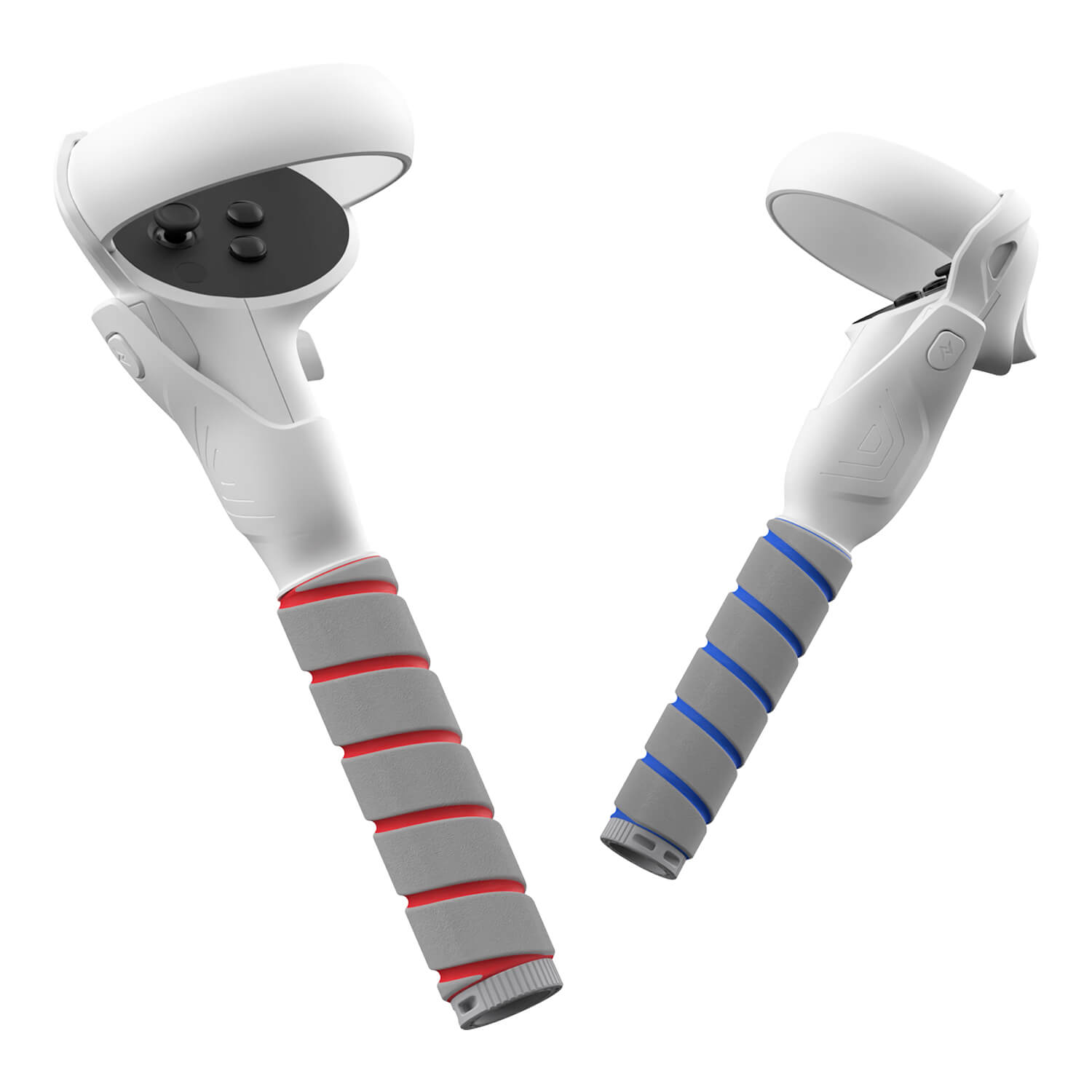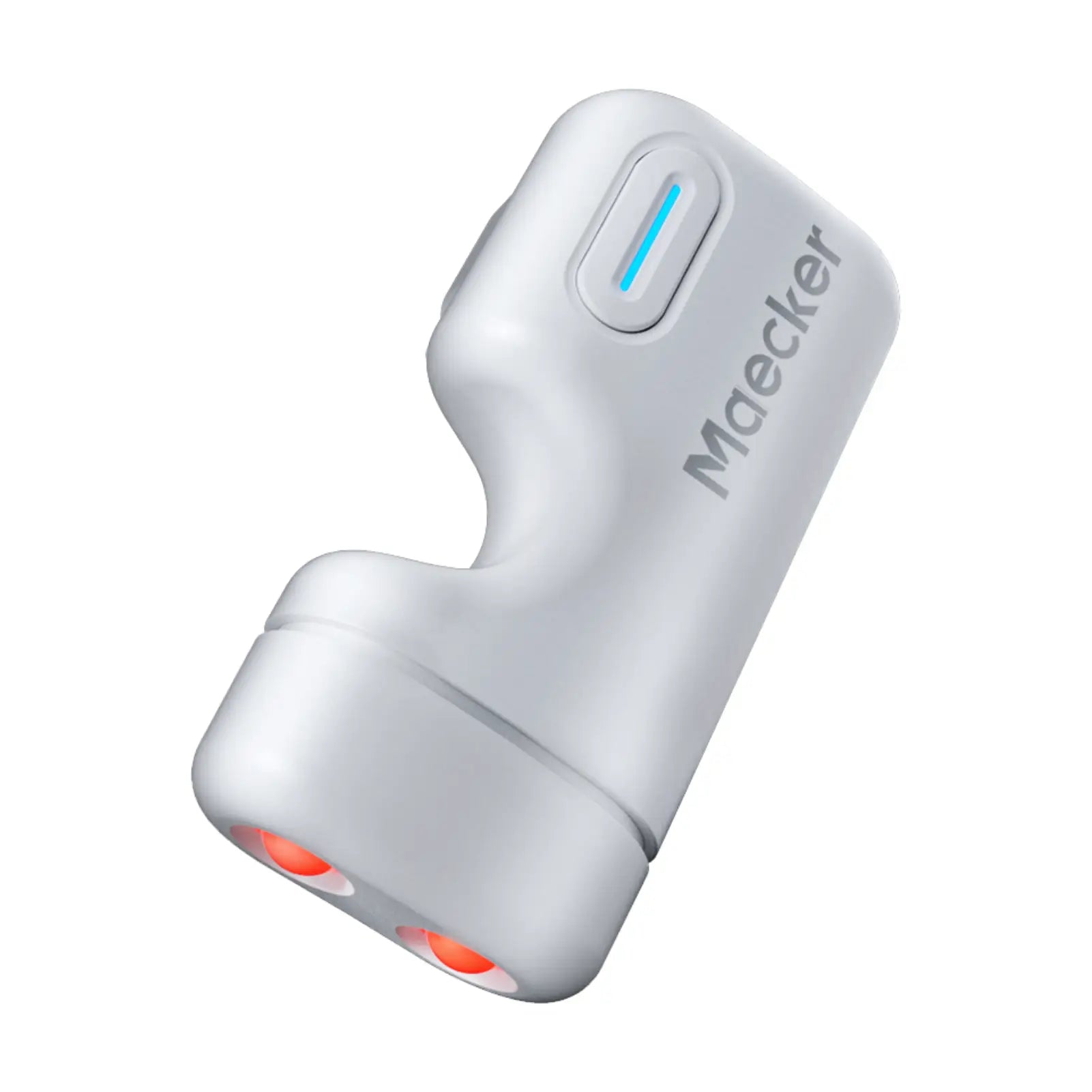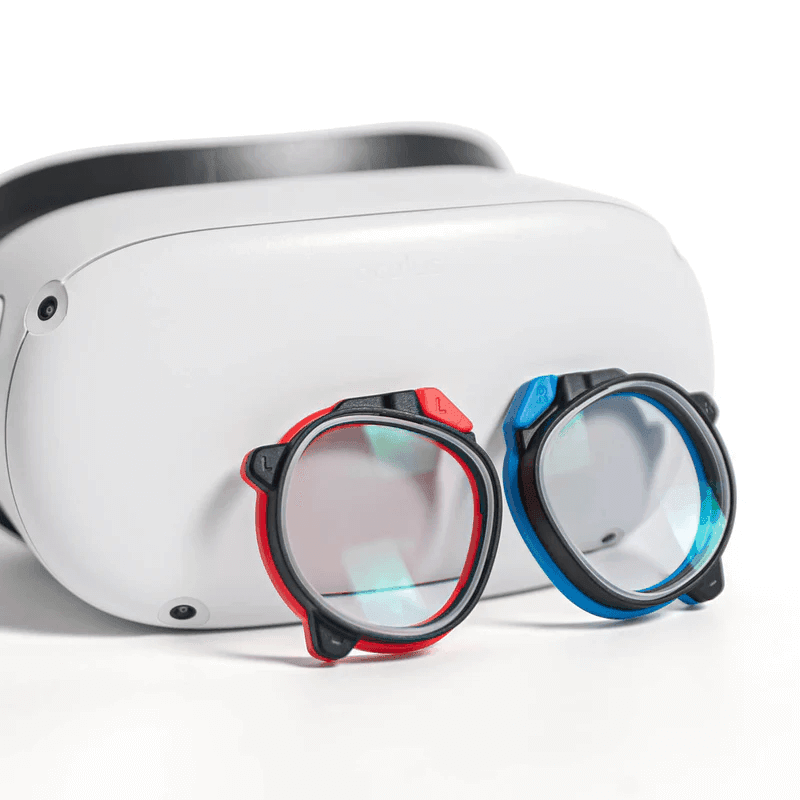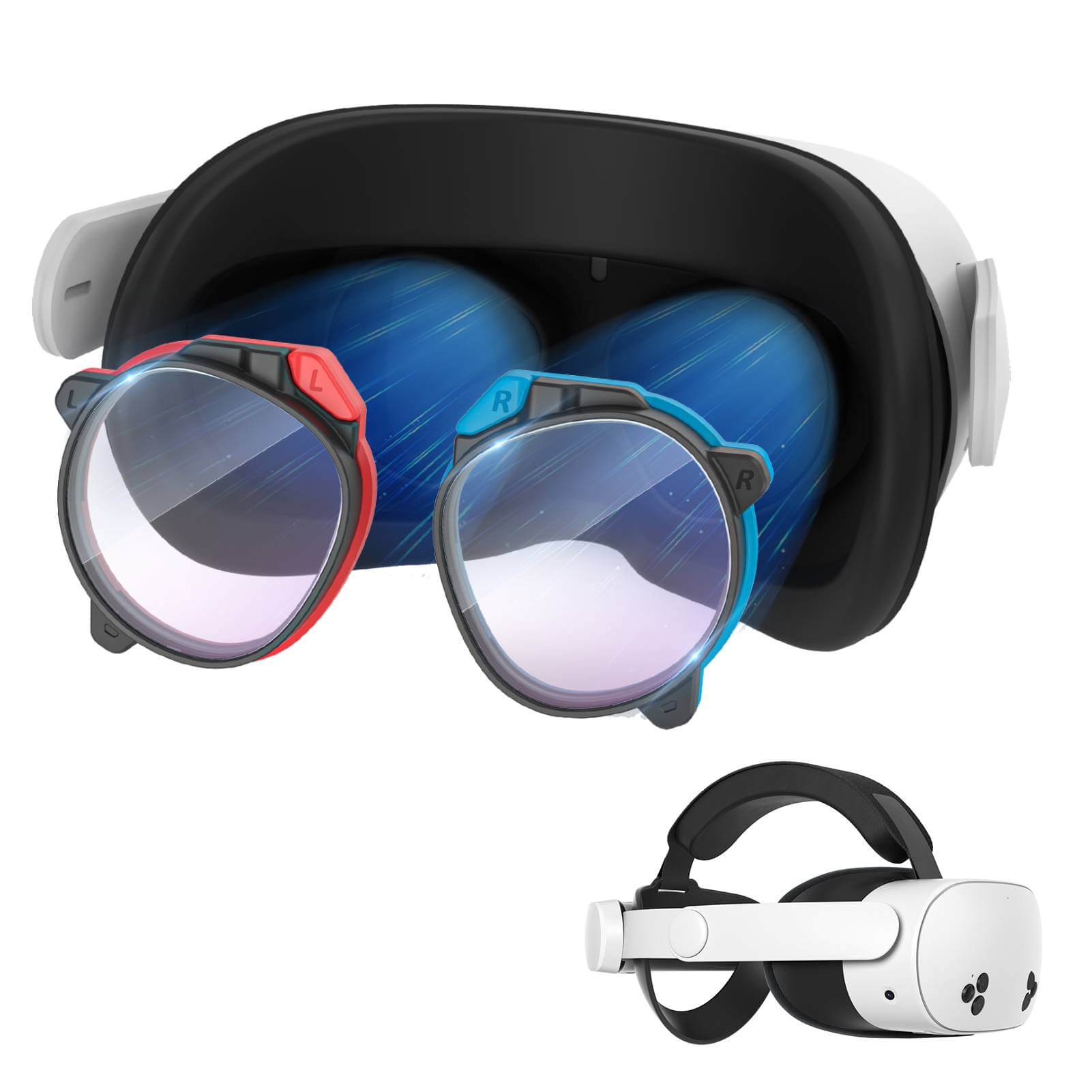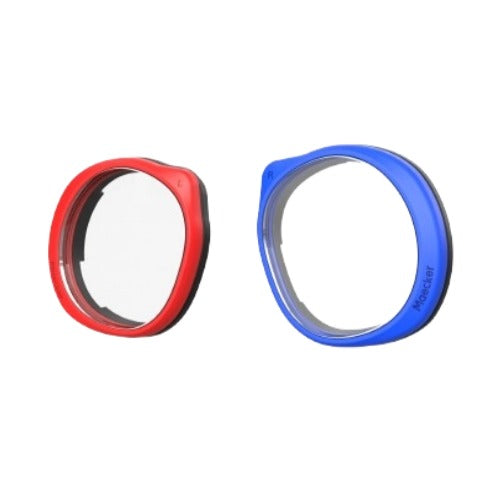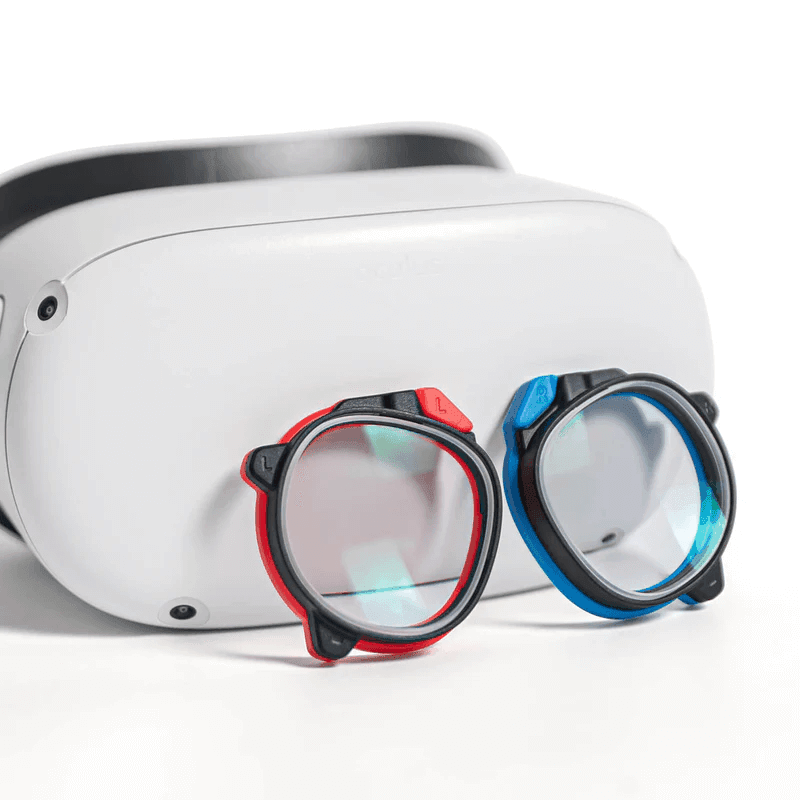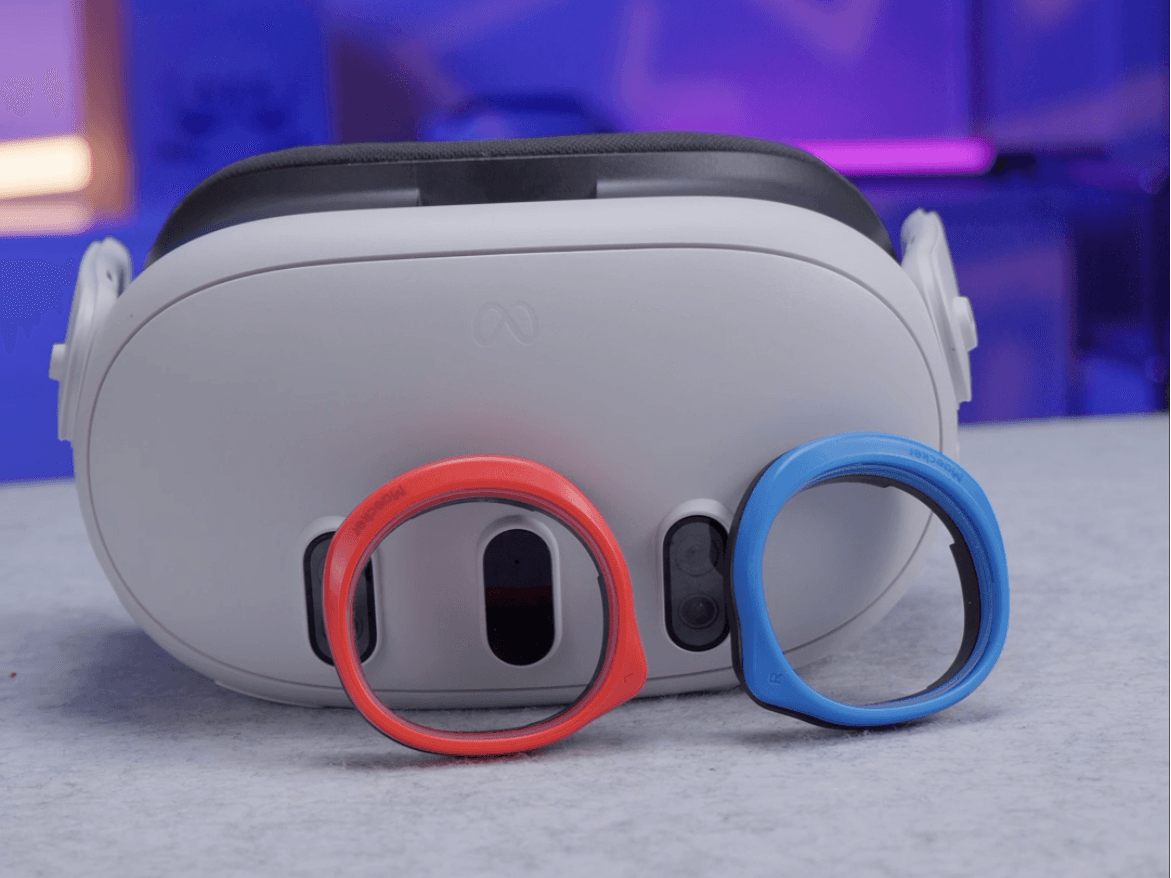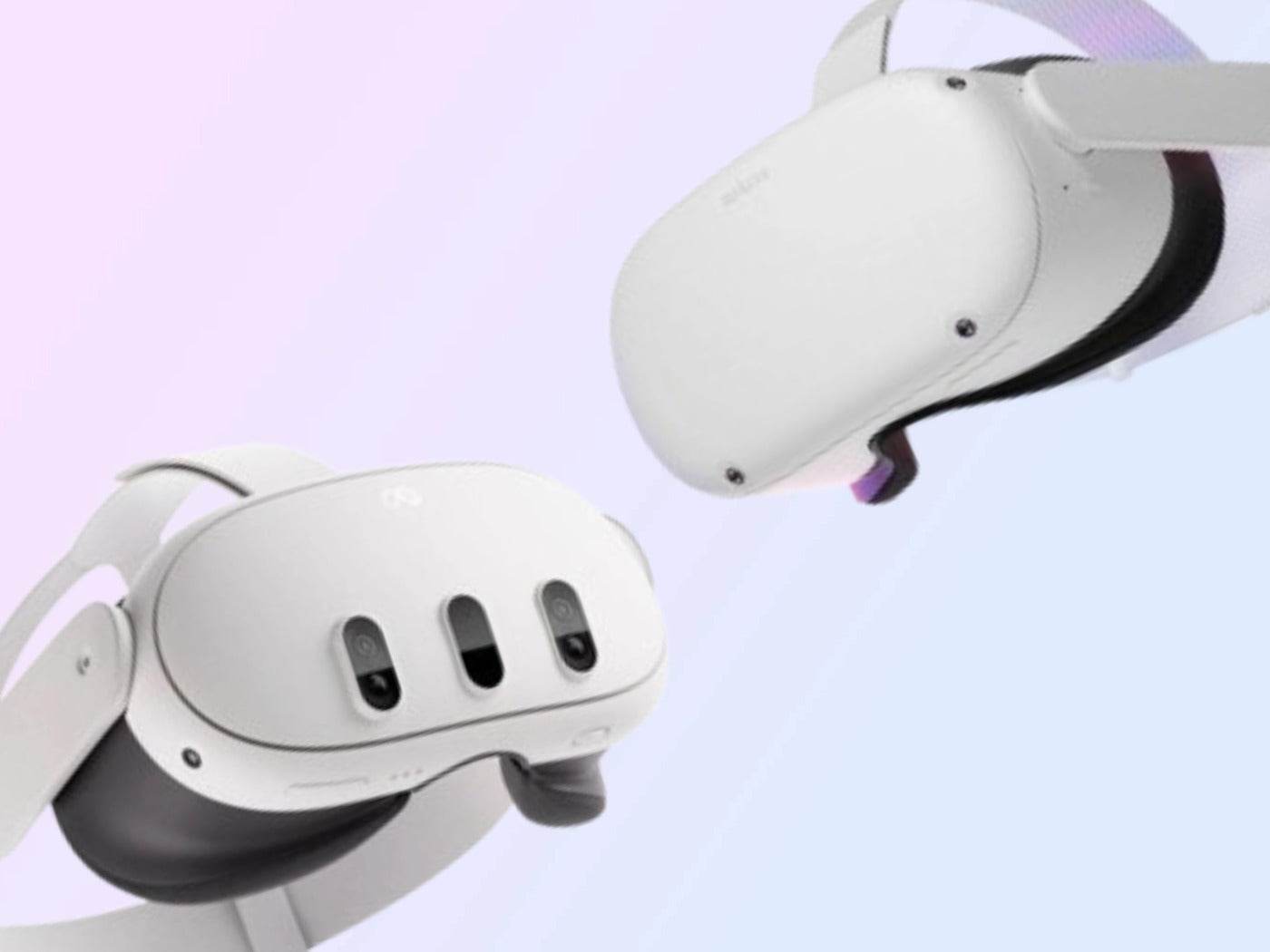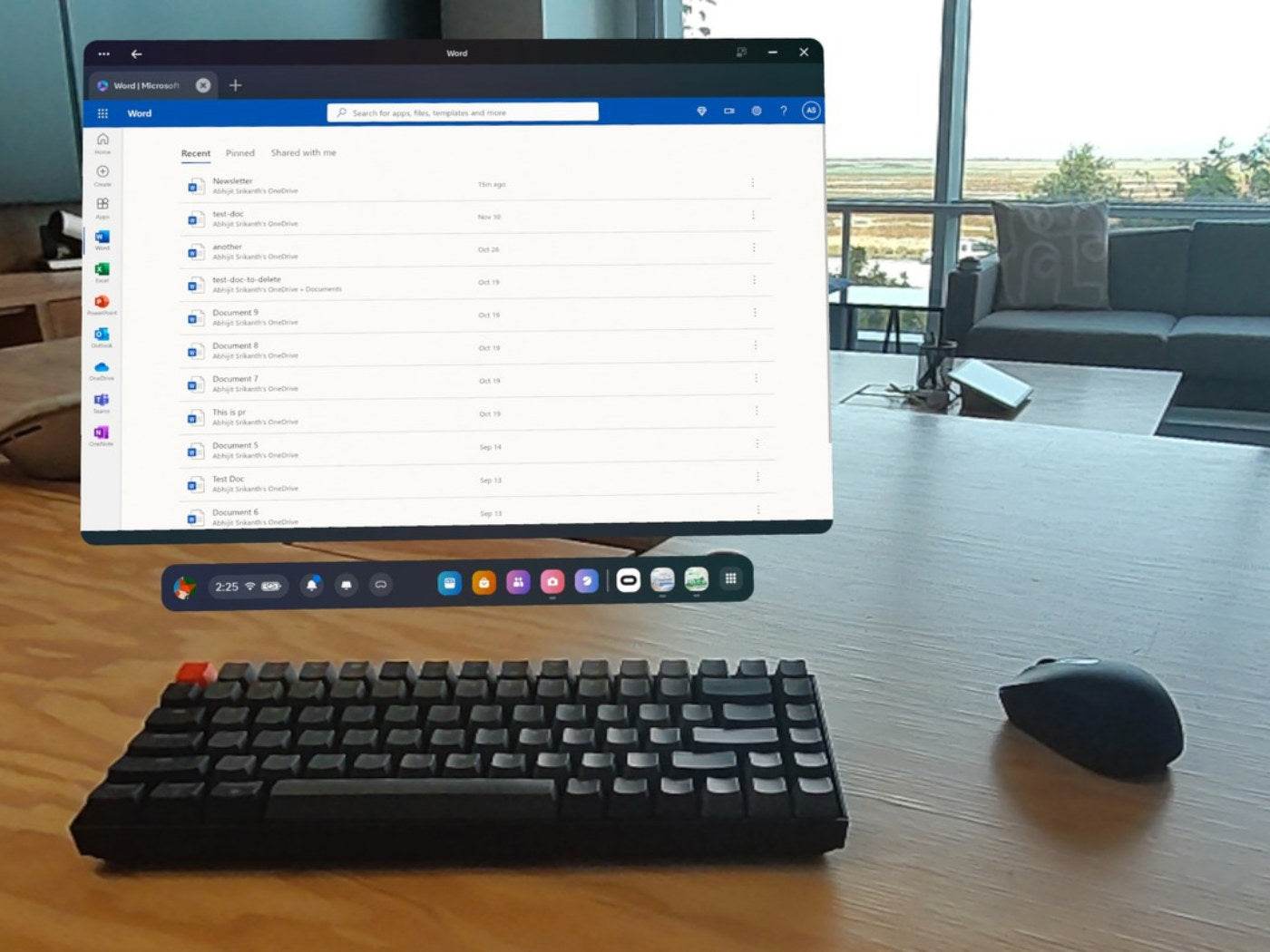La réalité virtuelle devenant de plus en plus populaire pour les jeux, le travail et le divertissement, on s'inquiète de plus en plus de l'impact d'une utilisation prolongée de la réalité virtuelle sur la santé oculaire. L'un des principaux problèmes auxquels sont confrontés de nombreux utilisateurs est l'exposition à la lumière bleue, d'autant plus que les casques de réalité virtuelle sont placés très près des yeux. Les verres correcteurs à lumière bleue sont de plus en plus commercialisés comme une solution, mais font-ils vraiment une différence ?
Cet article explore ce qu'est la lumière bleue, son effet sur vos yeux pendant les sessions de réalité virtuelle et comment les verres filtrant la lumière bleue peuvent vous aider.
Qu'est-ce que la lumière bleue ?
La lumière bleue est un type de lumière visible à haute énergie (HEV) émise par divers écrans numériques, notamment les casques de réalité virtuelle, les smartphones et les ordinateurs. Bien que la lumière bleue soit naturellement présente dans la lumière du soleil et joue un rôle dans la régulation de notre cycle veille-sommeil, la surexposition aux écrans suscite des inquiétudes.
Contrairement à la lumière naturelle, la lumière bleue des écrans peut provoquer des problèmes tels que la fatigue oculaire numérique, des maux de tête et des troubles du sommeil, en particulier lorsqu’elle est regardée pendant de longues périodes.
Dans un casque de réalité virtuelle, l'écran est placé très près de vos yeux, ce qui signifie que vous êtes exposé à une lumière bleue encore plus intense que sur les écrans traditionnels. La réalité virtuelle devenant une activité plus immersive et plus durable pour les utilisateurs, il devient plus important de protéger vos yeux d'une exposition prolongée.
Impact de la lumière bleue sur les utilisateurs de VR
La technologie de réalité virtuelle offre des expériences immersives en plaçant les écrans à quelques millimètres des yeux. Aussi amusante et engageante que cela puisse être, elle peut également entraîner des problèmes tels que la fatigue oculaire, l'inconfort et la difficulté à se concentrer après de longues sessions de réalité virtuelle. De nombreux utilisateurs signalent des symptômes similaires à la fatigue oculaire numérique, notamment des yeux secs, une vision floue et des maux de tête.
La proximité de l’écran de réalité virtuelle augmente l’intensité de l’exposition à la lumière bleue. Une lumière bleue excessive perturbe la production de mélatonine, une hormone qui régule le sommeil. Cela est particulièrement vrai pour ceux qui utilisent la réalité virtuelle tard le soir, car elle peut perturber leurs habitudes de sommeil et rendre la détente plus difficile.
Comment fonctionnent les verres correcteurs à lumière bleue ?
Les verres correcteurs anti-lumière bleue sont conçus pour filtrer une partie de la lumière bleue émise par les appareils numériques, y compris les casques de réalité virtuelle. Ces verres sont généralement dotés d'un revêtement spécial qui réfléchit ou absorbe la lumière bleue avant qu'elle n'atteigne vos yeux.
En réduisant la quantité de lumière bleue qui pénètre dans vos yeux, ces verres visent à réduire la fatigue oculaire, à réduire l'éblouissement et à offrir un confort général pendant les périodes prolongées devant un écran.
Pour les utilisateurs de VR qui portent déjà des lunettes de vue, un filtre anti-lumière bleue peut être intégré aux verres. Cela offre un double avantage : une vision plus claire et une protection contre l'exposition à la lumière bleue. Bon nombre de ces verres comprennent également des revêtements antireflets et antireflets, améliorant encore l'expérience visuelle pendant les sessions de VR.
Avantages des lentilles à lumière bleue en réalité virtuelle
1. Réduction de la fatigue oculaire
L’un des principaux avantages des verres à lumière bleue en réalité virtuelle est la réduction de la fatigue oculaire. Avec des écrans si proches de vos yeux, la fatigue peut s’accumuler rapidement lors de longues sessions de jeu, de travail ou de socialisation en réalité virtuelle.
Les verres filtrant la lumière bleue réduisent la quantité de lumière à haute énergie atteignant vos yeux, rendant l'expérience plus confortable et aidant à prévenir les problèmes courants comme la sécheresse, les maux de tête et la fatigue oculaire.
2. Amélioration de la qualité du sommeil
Pour les utilisateurs qui passent des heures en VR, notamment tard le soir, les verres à lumière bleue peuvent aider à protéger votre cycle de sommeil. L'exposition à la lumière bleue peut retarder la libération de mélatonine, ce qui rend l'endormissement difficile.
Les verres filtrant la lumière bleue aident à réduire l'impact de la réalité virtuelle sur le rythme de sommeil naturel de votre corps, vous permettant ainsi de vous détendre plus facilement après une utilisation nocturne de la réalité virtuelle. Cela est particulièrement utile pour ceux qui utilisent la réalité virtuelle avant de se coucher ou pendant de longues périodes le soir.
3. Clarté visuelle améliorée
Si vous avez déjà besoin de verres correcteurs pour la myopie, l'astigmatisme ou d'autres problèmes de vision, l'utilisation de verres correcteurs anti-lumière bleue en VR peut vous offrir le meilleur des deux mondes. Ces verres corrigent non seulement votre vision, mais offrent également une protection contre la lumière bleue, ce qui rend l'expérience VR plus confortable visuellement et moins susceptible de provoquer une fatigue oculaire.
4. Utilisation prolongée de la réalité virtuelle sans gêne
Pour les joueurs ou les professionnels qui utilisent la réalité virtuelle pendant de longues sessions, les verres à lumière bleue peuvent vous aider à prolonger votre temps en réalité virtuelle sans ressentir l'inconfort qui accompagne généralement une exposition prolongée aux écrans numériques. Qu'il s'agisse de jeux, de fitness ou même de réunions virtuelles, vous pourrez vous concentrer plus longtemps et vous sentir moins fatigué, ce qui vous permettra de profiter pleinement de l'expérience de réalité virtuelle.
Les verres correcteurs anti-lumière bleue sont-ils nécessaires pour tout le monde ?
Bien que les lentilles anti-lumière bleue offrent de nombreux avantages, elles ne sont pas forcément indispensables pour tous les utilisateurs de réalité virtuelle. Si vous n'utilisez la réalité virtuelle que pendant de courtes périodes ou si vous ne ressentez pas d'inconfort oculaire important, les lentilles anti-lumière bleue ne vous seront peut-être pas utiles.
Cependant, pour ceux qui utilisent fréquemment la VR pour jouer ou travailler et qui sont sujets à la fatigue oculaire numérique, ces lentilles pourraient faire une différence notable dans le confort général et la santé visuelle.
Il convient également de noter que la sensibilité individuelle à la lumière bleue peut varier. Certaines personnes peuvent ne pas ressentir autant d'inconfort ou de fatigue oculaire due à l'exposition à la lumière bleue, tandis que d'autres sont plus sensibles et pourraient bénéficier de l'utilisation de verres filtrant la lumière bleue.
Alternatives aux verres correcteurs à lumière bleue
Si vous n'êtes pas prêt à investir dans des verres anti-lumière bleue, il existe d'autres moyens de protéger vos yeux pendant les sessions de réalité virtuelle :
1. Faites des pauses fréquentes
Pour minimiser la fatigue oculaire, essayez la règle 20-20-20 : après chaque 20 minutes d’utilisation de la réalité virtuelle, faites une pause de 20 secondes et regardez quelque chose à au moins 6 mètres de distance. Cette pratique rapide aide à soulager la fatigue oculaire et offre à vos yeux un court repos pendant les sessions de réalité virtuelle prolongées.
2. Régler la luminosité de l'écran
La plupart des casques de réalité virtuelle vous permettent de régler la luminosité de l'écran. En diminuant la luminosité, vous pouvez réduire la quantité de lumière bleue à laquelle vos yeux sont exposés, ce qui rend les longues sessions de réalité virtuelle plus agréables pour vos yeux.
3. Utilisez des filtres de lumière bleue intégrés
De nombreux casques de réalité virtuelle et autres appareils sont dotés d'options intégrées de filtrage de la lumière bleue, souvent appelées « mode nuit » ou « mode confort ». Ces paramètres ajustent la chaleur de l'écran, réduisant ainsi la quantité de lumière bleue émise. Bien qu'ils ne soient pas aussi efficaces que les verres correcteurs à lumière bleue, ils peuvent néanmoins contribuer à réduire la fatigue oculaire lors de longues séances.
Verres correcteurs VR recommandés
Conclusion
Les verres correcteurs anti-lumière bleue peuvent être un atout précieux pour les utilisateurs réguliers de VR, en particulier ceux qui souffrent de fatigue oculaire, de maux de tête ou de difficultés à dormir après de longues sessions de VR. Ces verres aident à filtrer la lumière bleue, réduisant ainsi l'inconfort oculaire et améliorant le confort général. Bien qu'ils ne soient pas nécessaires pour tout le monde, ceux qui passent des heures en VR ou sont sensibles à la lumière bleue pourraient en tirer des avantages significatifs.

